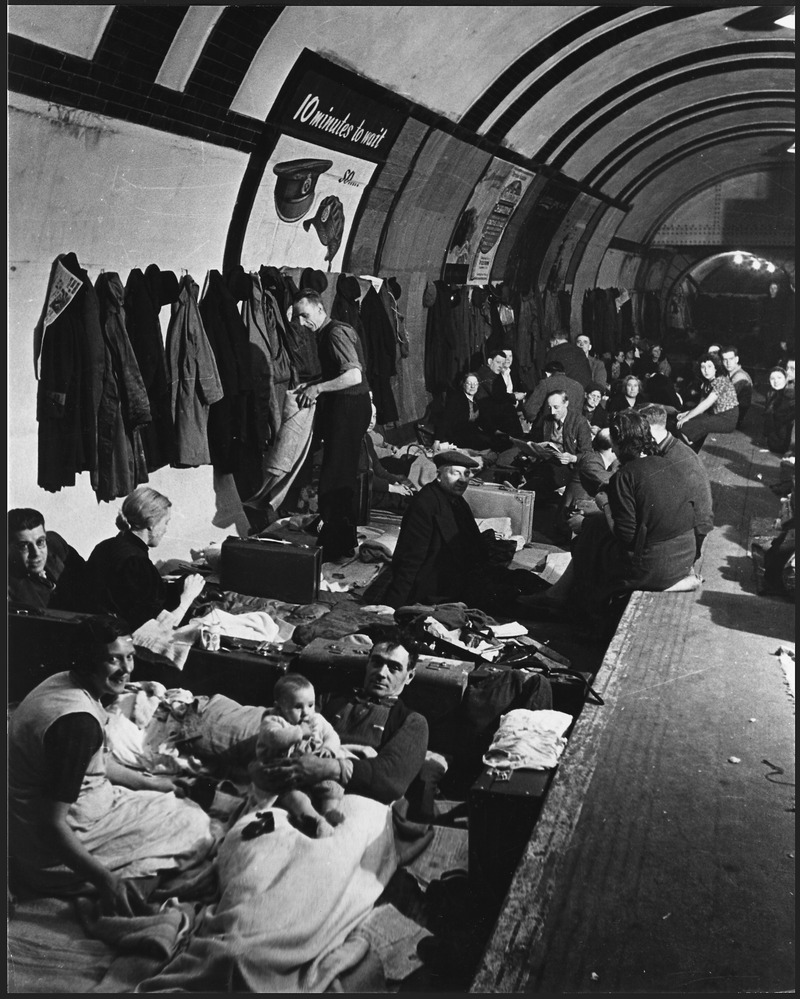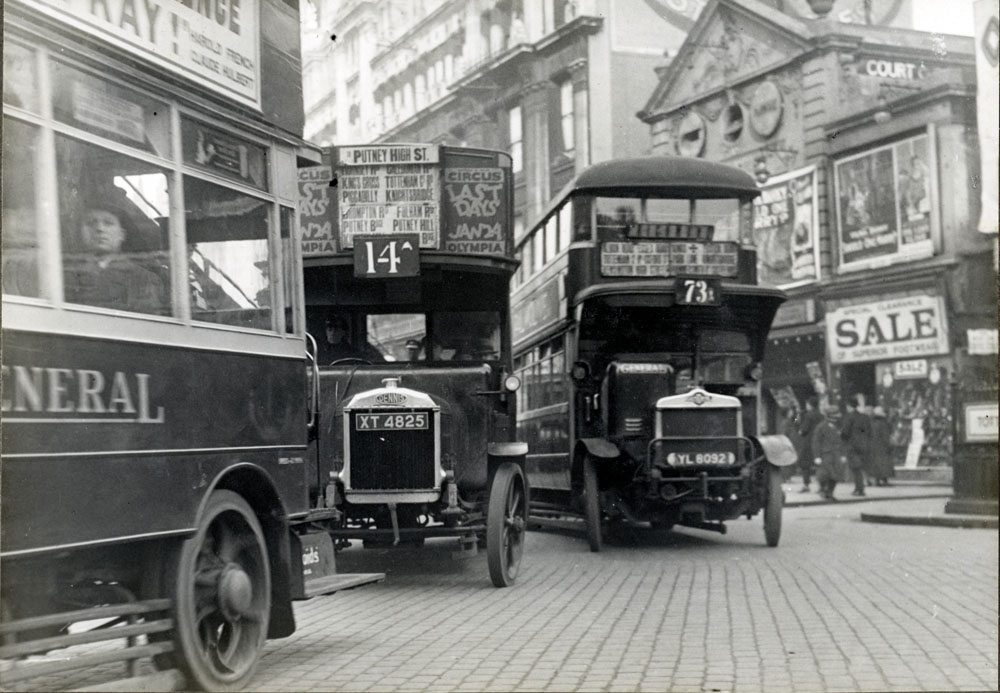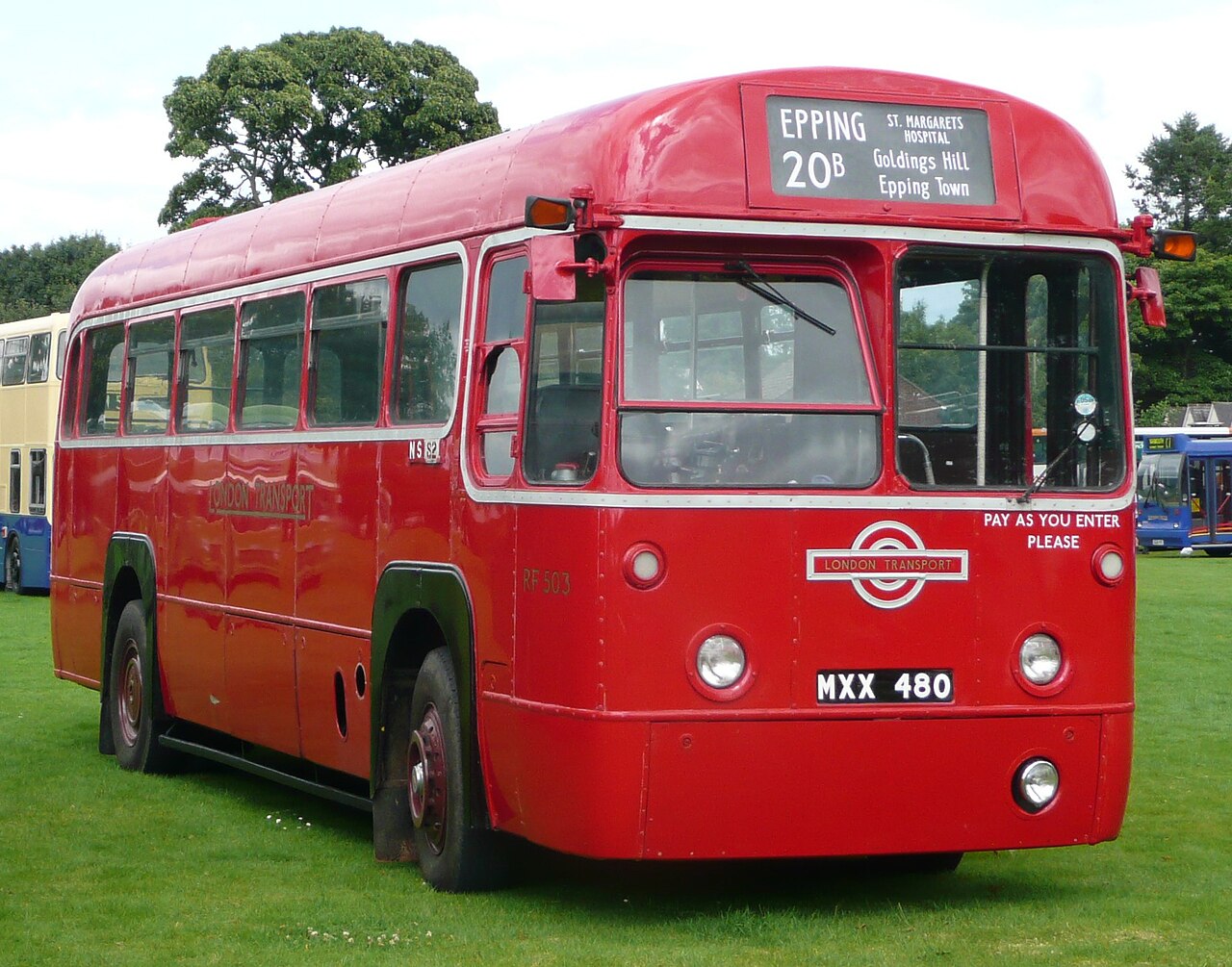


1900-The Central London Railway opened with a 3.562m tunnel between Shepherd’s Bush and Bank, charging a 2d fare (approximately 96p today). Carried nearly 15 million passengers, faced vibration issues from heavy locomotives.
1901—Metropolitan and District railways recommended a Ganz three-phase AC system. District found investor, Charles Yerkes, gaining control.
1902—Underground Electric Railway of London (UERL) established to fund district lines, operating 550 daily trains, extending to Upminster.
1903 - Carriages reformed into multiple units using Frank Sprague's control system.
1904—Great Northern and City Railway opened, using electric multiple units beneath Finsbury Park.
1905 - Metropolitan electrified Harrow-Uxbridge line and District Line's Mill Hill Park-South Harrow for testing new trains.
1906—Baker Street, Waterloo, Charing Cross, Euston, Hampstead, Great Northern, Piccadilly, and Brompton Railway began operations.
1907—District and Metropolitan electrified underground sections, carriages nicknamed "padded cells," C&CLR extended.
1908—Central London Railway (CLR) extended to Wood Lane and later Liverpool Street in 1912.
1915—Underground used as shelter during World War I Zeppelin air raids.
1930—Central and Northern lines part of New Works Program.
1933—London Passenger Transport Board (LPTB) established to oversee underground and London area transport.
1939—World War II interrupted operations, tube stations used as air-raid shelters.
1948 - LPTB nationalized, mainline railways prioritized over Underground maintenance.
1953—Unpainted aluminum trains introduced on District line.
1960—Metropolitan line electrified to Amersham, steam locomotives discontinued.
1968—Victoria line opened with automatic trains.
1976—Northern City Line linked with mainline railway at Finsbury Park.
1979—Jubilee line introduced, extending to Docklands.
1980—Travelcard and Capitalcard introduced, simplifying fares.
1999—London Underground reorganized under public-private partnership.
1999—Rail extension from Docklands to Stratford completed.


1902—LGOC introduced motorized omnibuses.
1904—Thomas Tilling initiated his own motor bus service.
1906—Bus numbers implemented first time.
1909—LGOC started manufacturing motorized omnibuses.
1909—Tilling and LGOC merged, giving LGOC control over London's bus services, with competition from Thomas Clarkson's National Steam Car Company.
1911—Last recorded year of horse-drawn buses.
1912—UERL acquired LGOC.
1912—AEC became LGOC subsidiary, constructing many London buses.
1913—Night buses introduced.
1919—National Company withdrew from bus operations, ceasing steam bus services.
1922—Firms adopted General route numbers with alphabetical suffixes, managed by busmen.
1933—LGOC and UERL joined LPTB overseeing transport until 1947.
1940—Bus on route 68 abandoned before bomb impact.
1948-1962—Nationalization under London Transport Executive, with 4.5 billion passengers in 1950.
1957—RTL 780 on route 7 collided, causing eight deaths due to driver's heat exhaustion.
1962—Passenger transport declined to 3.1 billion.
1963-1969—London Transport overseen by London Transport Board.
1966—Red Arrow bus express routes introduced.
1968—Last AEC Routemaster for London.
1969—Green country services transferred to National Bus Company.
1970—London Country emerged as NBC subsidiary.
1970-1984—Greater London council responsible for London Transport.
1974—Jill Viner became the first female London bus driver.
1980—Margaret Thatcher's government privatized bus industry.
1984-2000—London Regional Transport managed buses.
1985—Bus routes tendered to private companies.
1989—London buses organized into business units.
1990—Red Arrow buses phased out.
1993—London early user of low-floor single decker vehicles.
1998—Low-floor double-decker buses introduced.

